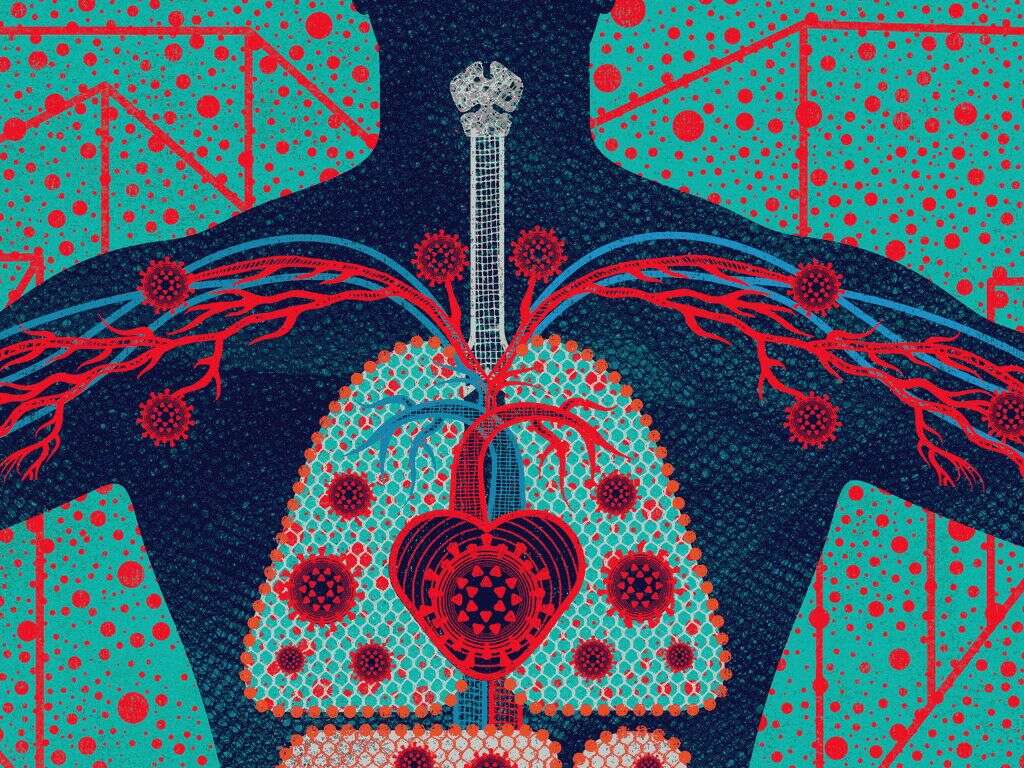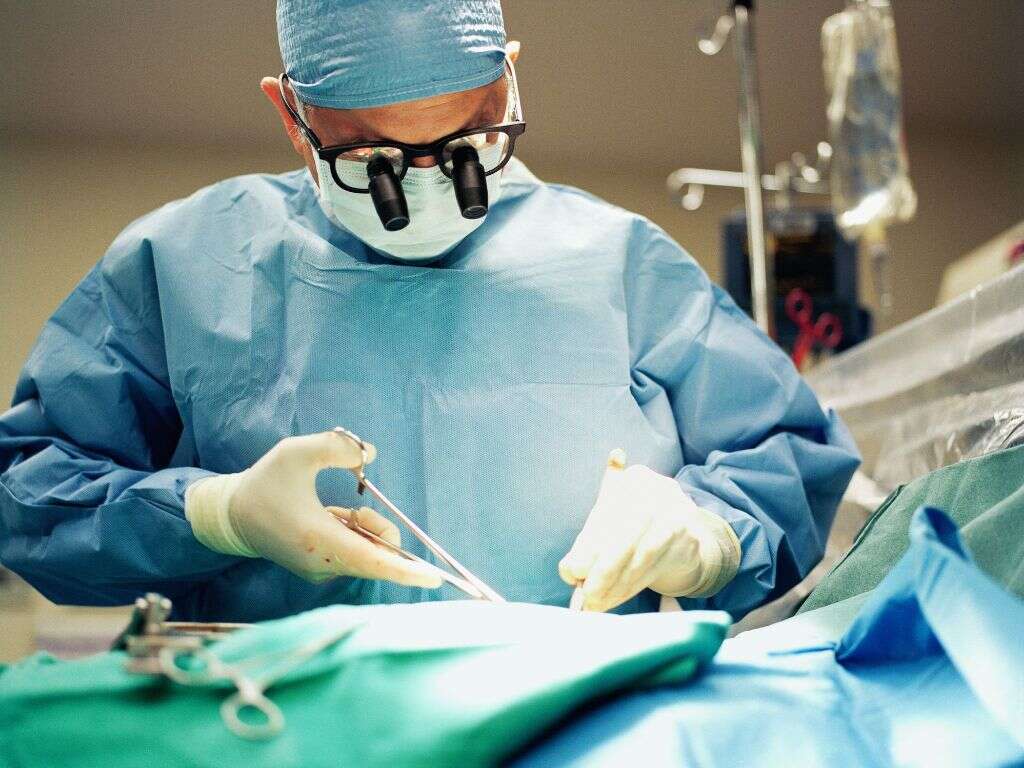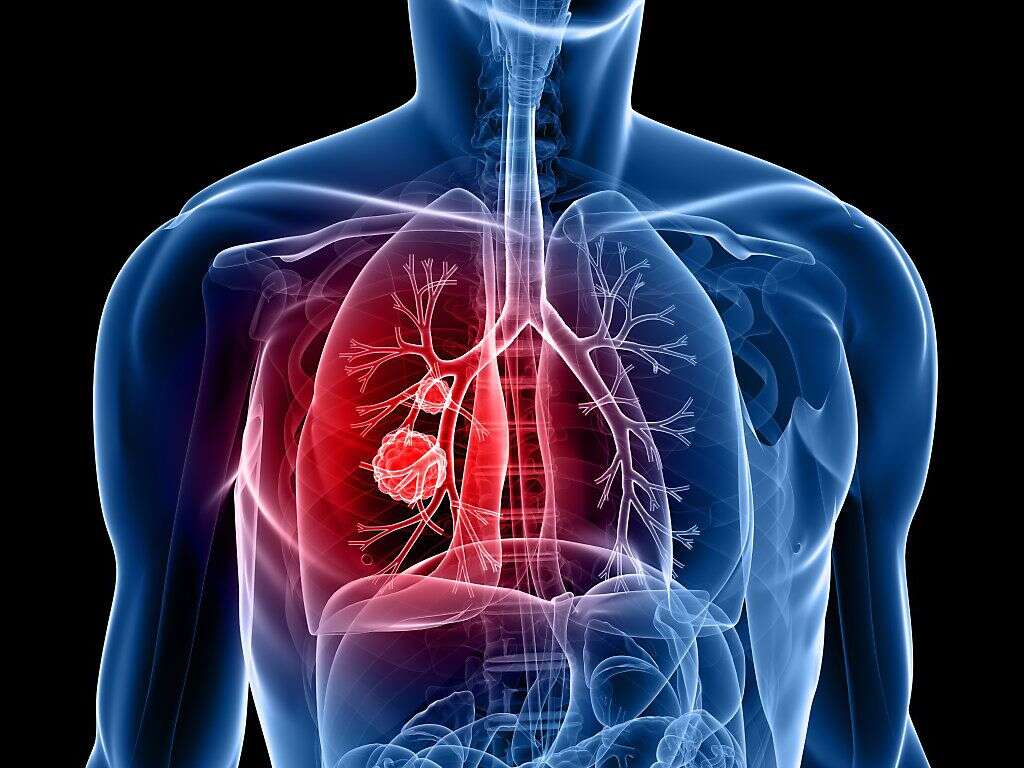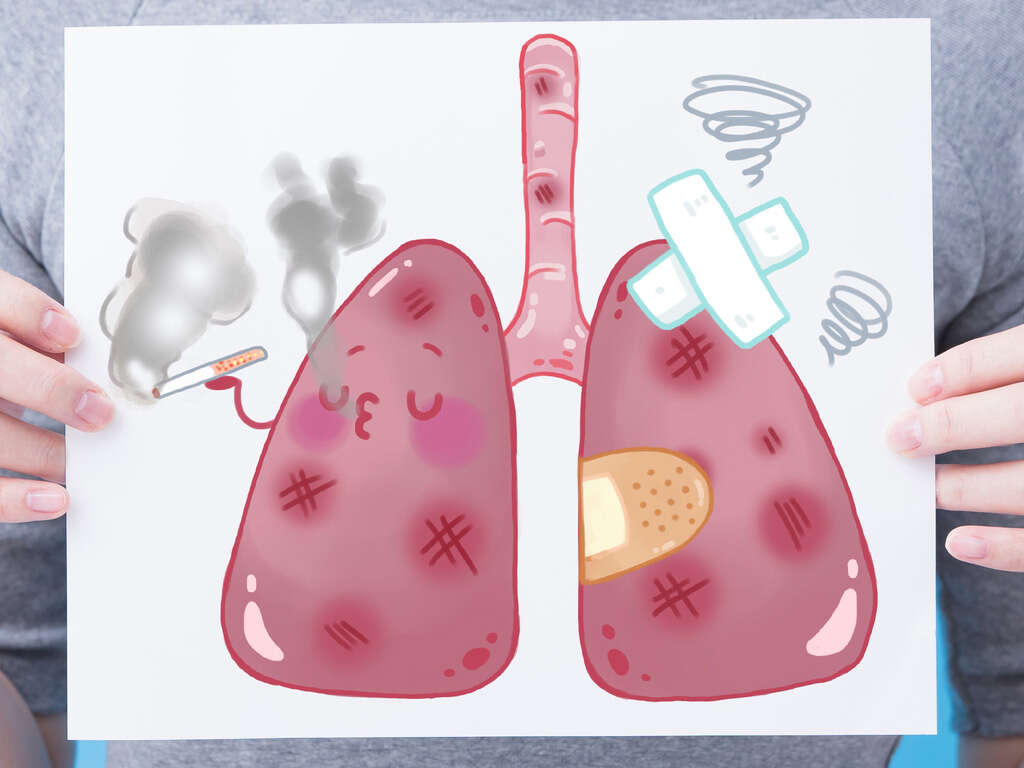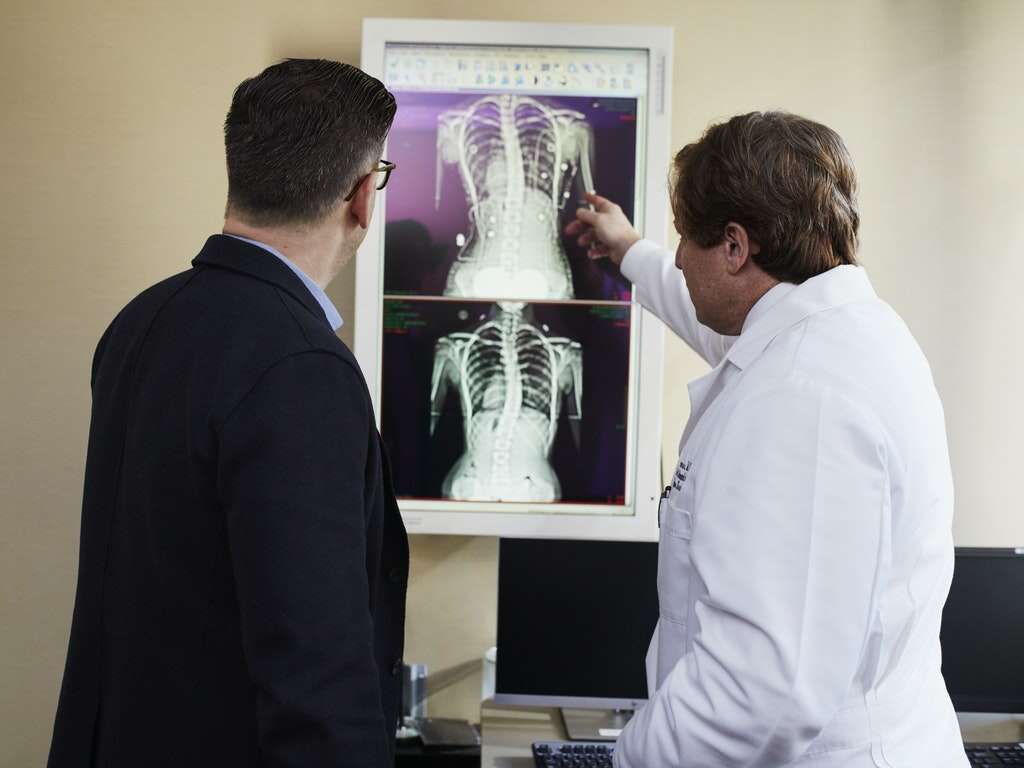What Is Subcutaneous Emphysema?
We are breathing air in and out all of the time, but the air will usually only remain in certain parts of the body, such as in the lungs. Sometimes, however, air might be able to leak into other parts of the body where it should not be. This is a condition known as subcutaneous emphysema.
Subcutaneous emphysema is a relatively common condition and it is, thankfully, not usually serious. It often occurs after a medical procedure or after an accident, and this means that the patient will often already be receiving treatment for other conditions anyway. It can lead to some potentially serious complications in a small number of cases, but medical professionals should be able to treat the problem relatively easily.
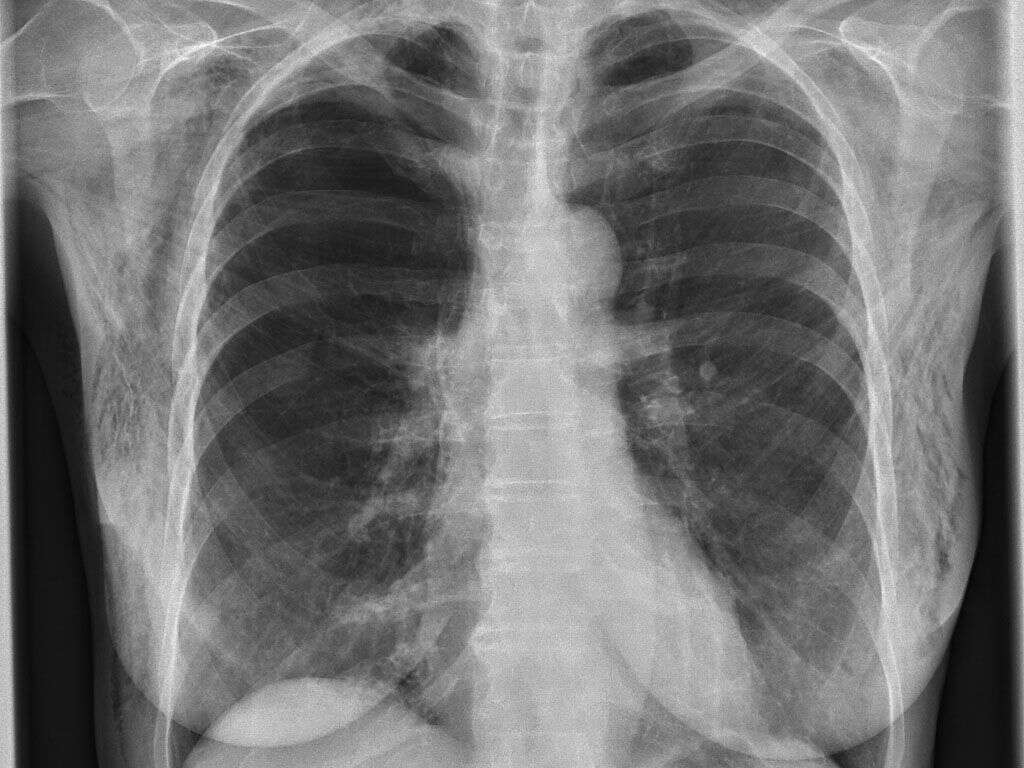
1. Subcutaneous Emphysema
Subcutaneous emphysema is a condition that means that air is able to find itself in the tissues of the skin, and there it can become trapped. It is often quite visible from the surface as it can cause the skin to bulge outward. In addition, it will also often cause a crackling sensation when pressure is placed on it. This crackling is known as crepitus, and it happens because the air is being forced through the patients tissues. Subcutaneous emphysema will usually occur in the neck or in the chest, but it can occur elsewhere in the body. It is quite common, and how serious it is will depend on the underlying cause.

2. Scuba Diving
Subcutaneous emphysema is a condition that some scuba divers are known to suffer from. It occurs because when the diver dives deep, the water above them causes the pressure to increase. This pressure causes the air in the body to become compressed. When the diver surfaces, the air in the lungs expands as the pressure begins to fall again.
If the diver does not exhale enough during this time then the lungs can become too full and rupture. Air escaping from the lungs can then result in subcutaneous emphysema, and it usually occurs in the neck area under these circumstances.

3. Injuries
Another of the main causes of subcutaneous emphysema is injury, particularly injury in the upper chest region. This often means a collapsed lung, and subcutaneous emphysema is more likely to occur if the patient also picked up a fractured rib.
Other injuries that can lead to subcutaneous emphysema include a ruptured esophagus and/or a ruptured bronchial tube. Both of these conditions can result in air seeping into the bodily tissues rather than being inhaled and exhaled from the lungs. Certain fractures of the facial bones can also lead to subcutaneous emphysema if they cause otherwise sealed airways to become compromised.

4. Medical Conditions
The injuries that can cause subcutaneous emphysema can sometimes be caused by certain medical conditions. One such condition is Boerhaave syndrome, which is basically caused through violent and excessive vomiting. Such vomiting can result in pressure that is significant enough to rupture the esophagus.
Another medical condition that can result in subcutaneous emphysema is whooping cough, also known as pertussis. The cough is characterized by extreme coughing fits and when these coughing fits are severe enough, a rupture of the esophagus can occur. Although the symptoms of whooping cough can be alarming, the condition is not usually dangerous to the patient.

5. Medical Procedures
Medical procedures are nearly always performed with the intent of helping us in some way. Despite this, they can sometimes go wrong, potentially leading to certain other medical conditions. Such problems are not common, however, and they are not usually dangerous even when they do arise.
Some medical procedures involve passing tubes into the body for various reasons and, in some instances, this will allow air to get into the bodily tissues. Examples of these include an endoscopy, a bronchoscopy, an endotracheal intubation, and a central venous line. If you do experience any unexpected symptoms after a procedure, you should be sure to let your doctor known a soon as you can.

6. Road Traffic Accidents
No matter how much of a safe driver you are, you are never completely safe from getting involved in an accident. Depending on the severity of the condition, you could end up receiving some very significant injuries. While road traffic accidents are among the most common way to receive serious injuries, there are countless other ways that people can get seriously hurt.
When you are on the road, it is always wise to practice safety first, and one of the best ways to do this is to wear a seatbelt at all times. In addition, make sure to drive safely and don’t drive when you are under the influence of alcohol or other drugs.

7. Infections
Bacterial activity will often result in the release of various gases. If this activity is taking place inside the body, then the gases produced can become trapped in the patients tissue. This will likely lead to the patient developing subcutaneous emphysema. Perhaps one of the most horrifying examples of this is gas gangrene.
This is a bacterial infection that causes severe damage to the patients tissues, releasing a foul-smelling gas in the process. In addition to subcutaneous emphysema, the patient will also likely have severe blistering. It spreads very rapidly and is very dangerous, so it should be treated as soon as possible.

8. Chemicals
Some chemicals are very corrosive and need to be treated with extreme caution. A spillage on any part of the body can result in tissue being dissolved. Some chemicals are so caustic that even their fumes can do serious damage to the body if they are inhaled. If the wrong chemicals are inhaled, the damage caused can rupture the windpipe.
This can cause air to seep into the surrounding tissues, and this can cause subcutaneous emphysema. This can also happen in some people that inhale an excessive amount of cocaine. If you are around dangerous chemicals, you should always be sure to use necessary precautions.

9. Shootings
Bullets passing through the body have the ability to cause an incredible amount of damage. Depending on the caliber of the round, and the point of impact, many gunshot wounds are fatal. Not all are fatal, however, and many people will go on to make a full recovery, albeit with some nasty scars.
The type of damage caused by a gunshot wound might cause the lungs and surrounding tissues to rupture, and this can lead to subcutaneous emphysema. Gunshot wounds can also cause other injuries that lead to subcutaneous emphysema, while stabbings can also lead to the condition in some cases.

10. Treatment
Treatment in cases of subcutaneous emphysema usually involves treating the underlying cause of the condition. In many cases, it is not even considered necessary to treat subcutaneous emphysema directly. If the symptom is causing other problems, such as making it difficult for the patient to breathe, then action may need to be taken.
In some cases, cuts can be made and catheters inserted to help release the gas. In other instances, a chest tube might be used to help prevent further air from getting into the bodily tissues. Oxygen is also sometimes given to the patient because this will help their bodies to absorb the air faster.






